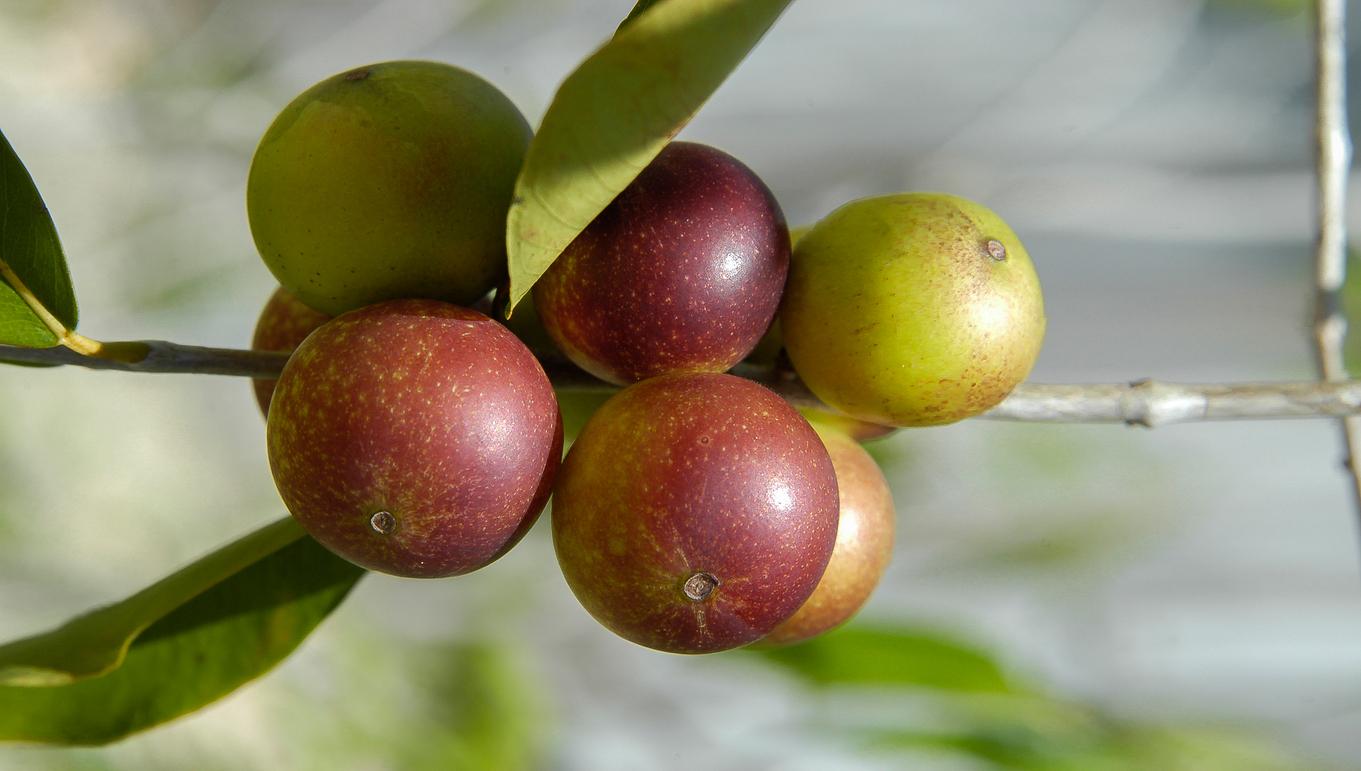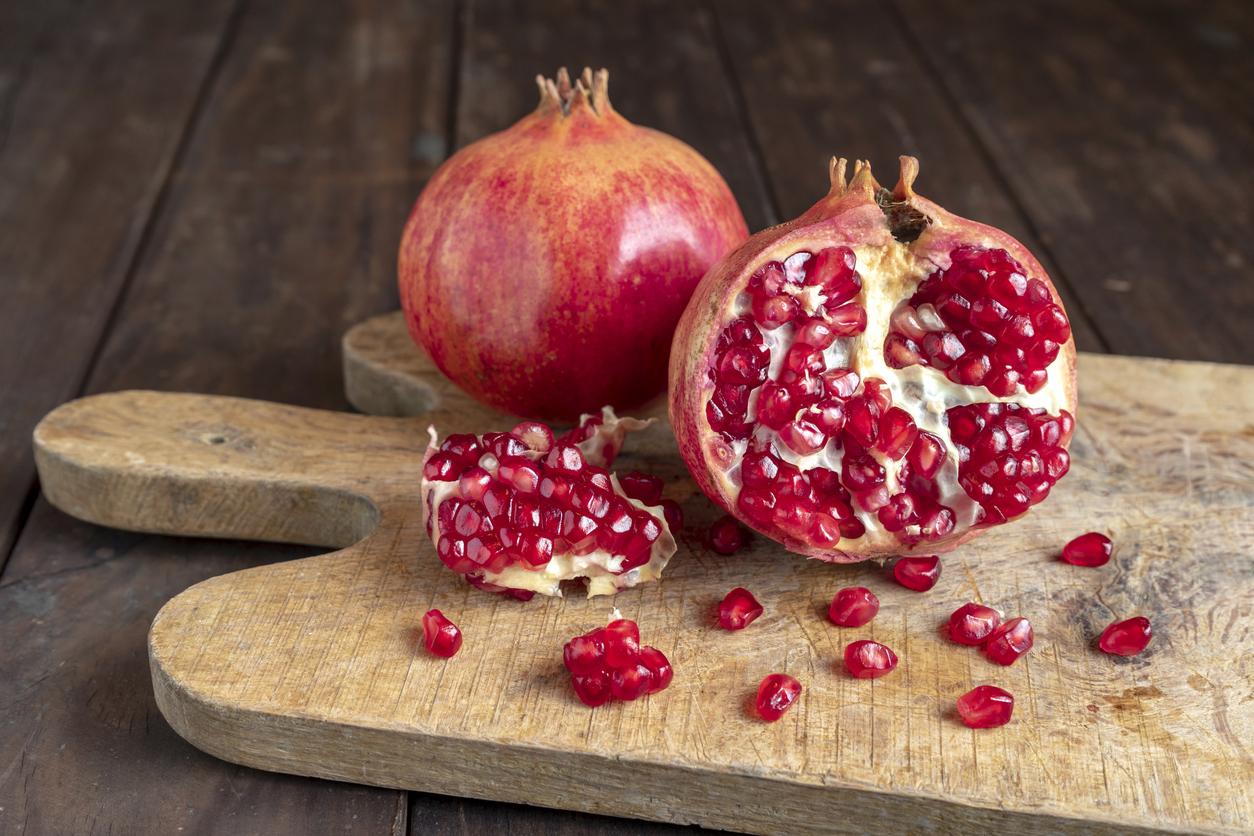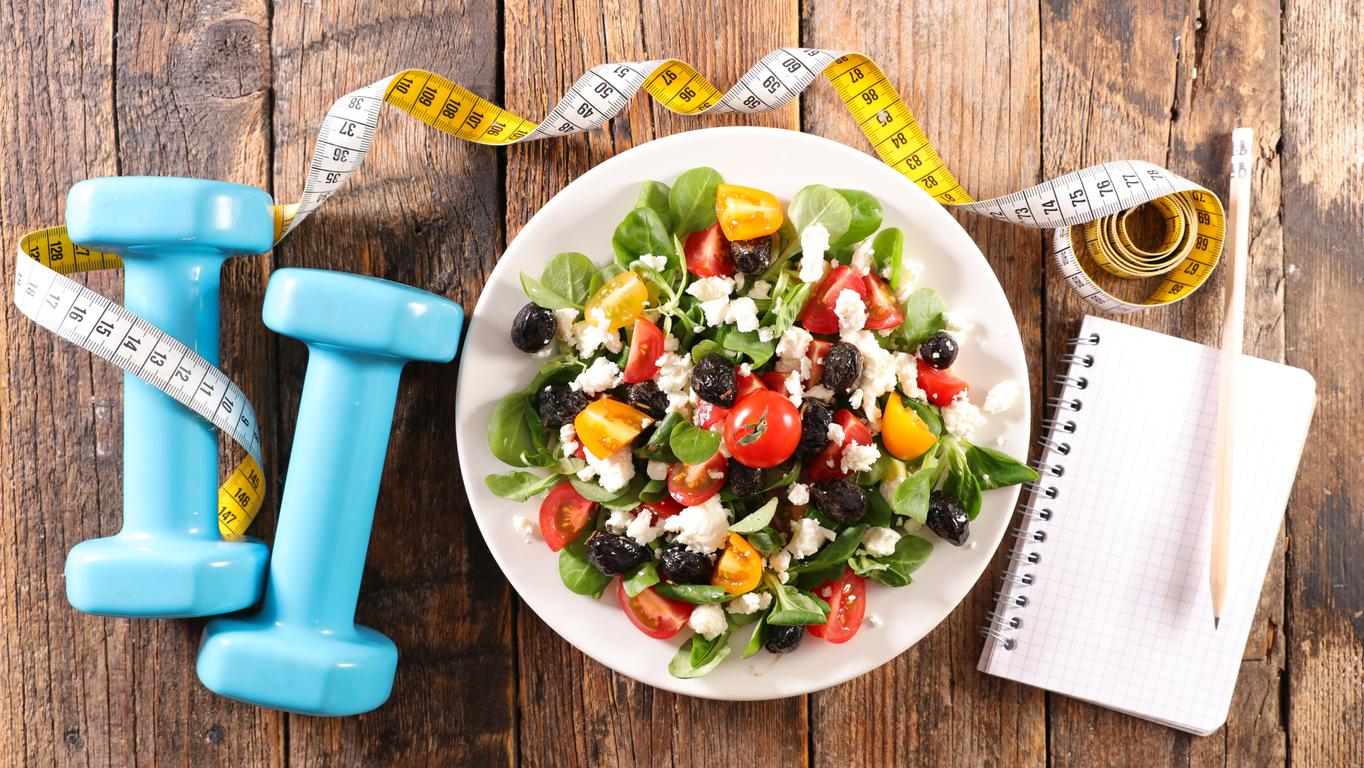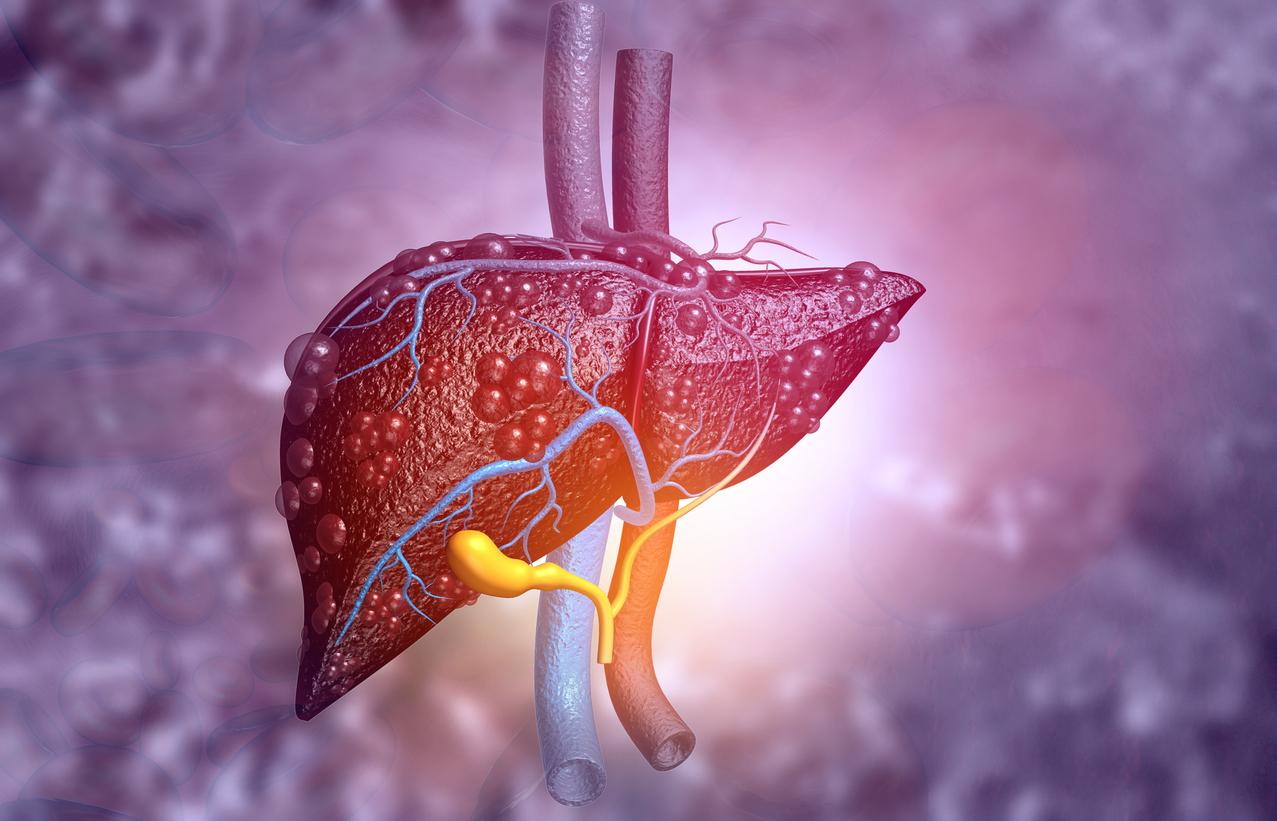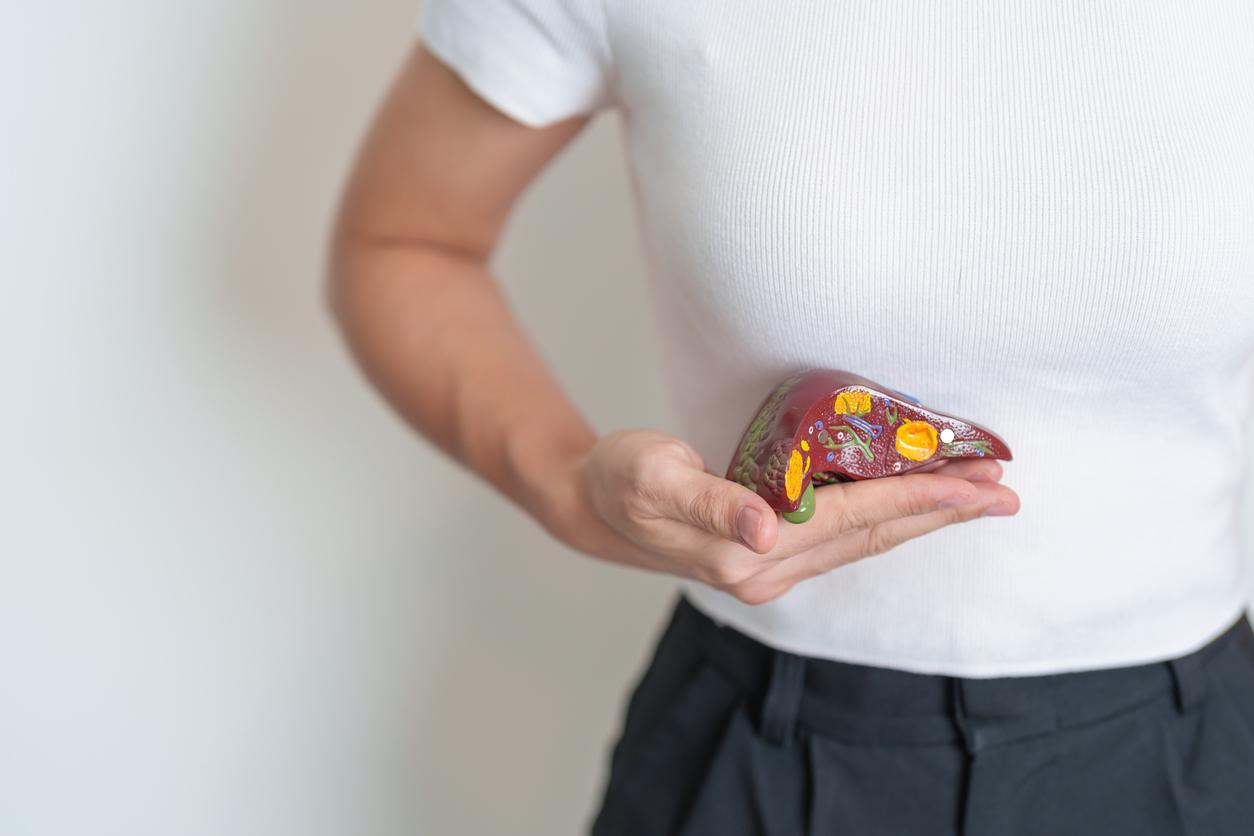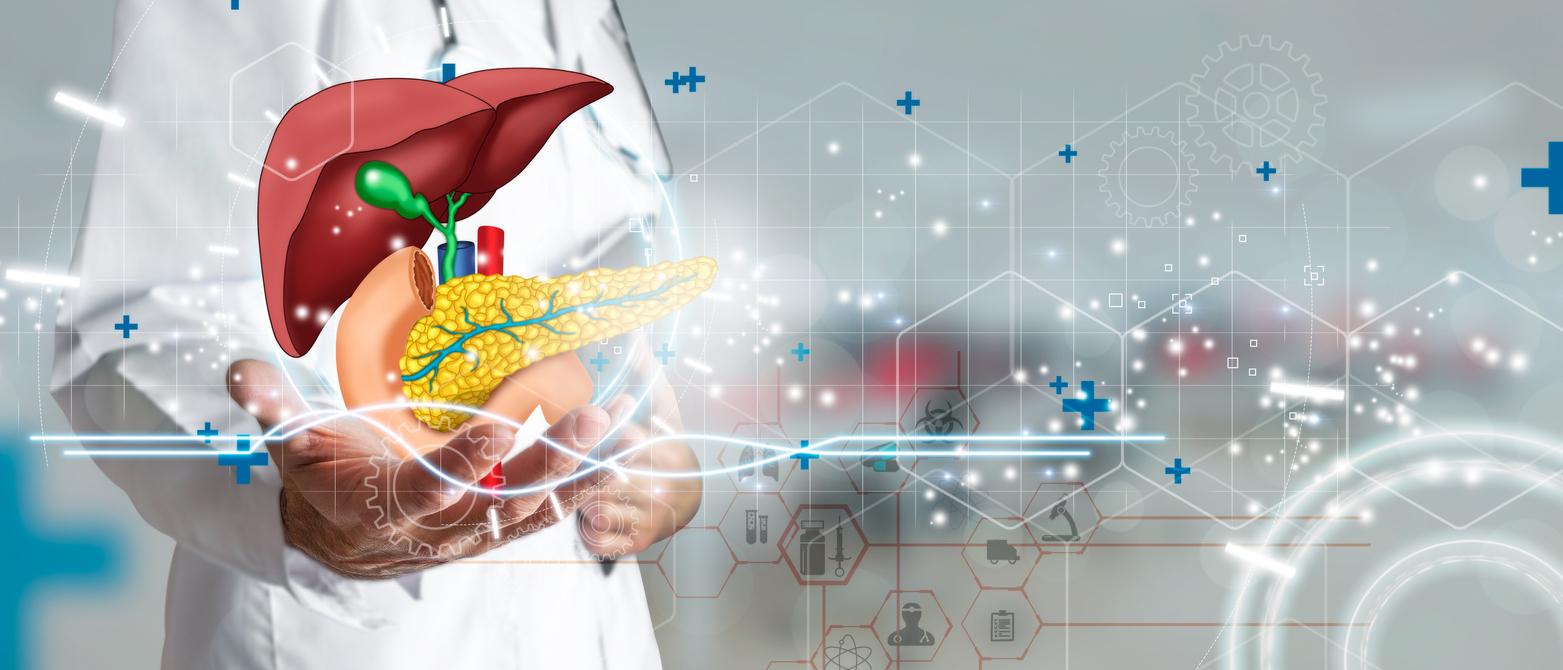Certain foods, perceived as healthy, actually put the liver in difficulty if they are eaten in excess. Dietitian-nutritionist Angélique Houlbert lists these “false friends” to limit to prevent non-alcoholic steatohepatitis.
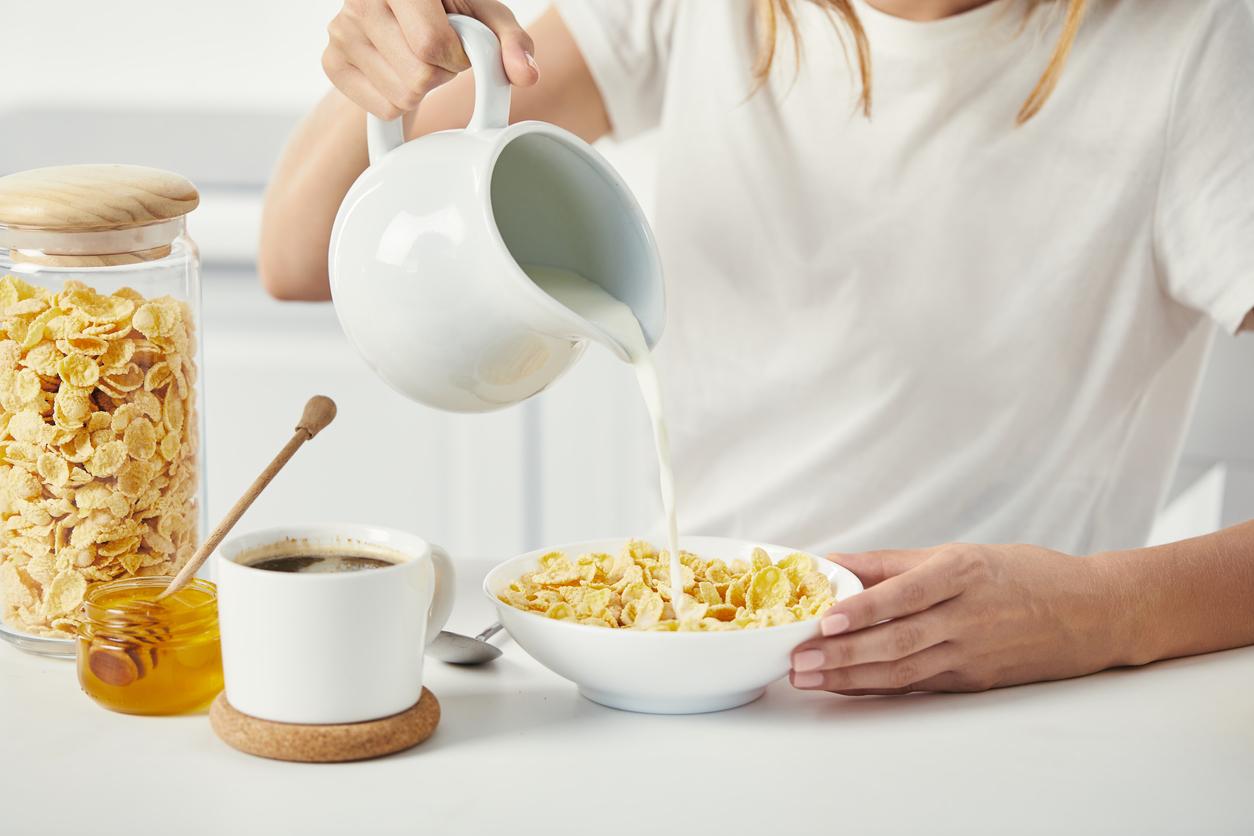
- The main causes of NASH are a diet too rich in carbohydrates and lack of physical activity.
- Some foods that may seem healthy are actually bad for the liver because of their high glycemic index.
- The dietician advises against fruit juice, cornflakes and rice cakes, among other things.
Non-alcoholic fatty hepatitis – which affects the liver – has several nicknames: NAFLD, soda disease or fatty liver disease. The latter is the best known in France and causes confusion in people’s minds. They often wrongly believe that the pathology develops in people who eat too much fat. But this is not the case. If the pathology is characterized by excess fat in the organ, its main causes are a diet too rich in carbohydrates and a lack of physical activity. When the disease becomes inflammatory, we speak of NASH (non-alcoholic steatohepatitis).
“To make people understand what fatty liver disease is in consultation, I always take the example of goose or duck foie gras. I ask how we make this foie gras? The patients tell me that these animals do not frolic “They don’t and they are stuffed with corn. They then understand that it’s not just a matter of fat, but of carbohydrates, too.”explains Angélique Houlbert, dietitian-nutritionist and author of the book “The NASH diet against fatty liver disease” (Thierry Souccar Éditions).
This preconceived idea is not the only one that is dangerous for the liver. Several foods perceived as healthy turn out to be false friends of the organ, due to their high glycemic index. They then increase the risk of non-alcoholic steatohepatitis if consumed in excess.
NASH: fruit juice, coffee, cornflakes, watch out for hidden sugar
Both coffee and tea contain numerous compounds and antioxidants that have protective and anti-inflammatory effects on the liver. For example, fans of “caoua” have 20% less risk of developing fatty liver than others, according to a study by the University of Southampton presented in 2021. But these drinks can quickly lose their label as a healthy and good drink if they are sugary. “The sugar cube – which is half glucose and half fructose – in tea or coffee is particularly bad for the liver”, alerts the dietician-nutritionist. It is therefore preferable to curb the mechanical gesture of adding sugar to benefit from the antioxidants in tea and coffee.
Fruits are one of the healthiest and natural foods in our mind. So there is no problem consuming it in juice form? Error ! “Fruit juices are problematic, due to fructose, a simple sugar of natural origin. The liver is the only organ capable of metabolizing it. So, fruit juices make it work harder”explains Angélique Houlbert.
Furthermore, during pressing, the fruits lose a very large quantity of their fibers. Their absence promotes even more rapid absorption of fructose by the body… and by domino effect a glycemic peak likely to put the liver in difficulty. “I have been campaigning against the large glass of orange juice in the morning for years. It is impossible to fill a glass with just one orange. Fruits yes, we can have some – remaining reasonable 1 or 2 – but not in a hurry”adds the specialist.
The other pet peeve of the liver that we don’t necessarily classify as problematic foods: these are cornflakes. “Industrial breakfast cereals are a disaster. Even those presented as “healthy” contain a lot of glucose.” For the dietitian-nutritionist, you should favor unprocessed cereals such as muesli without added sugar and plain oatmeal. These starchy foods are of better quality and more interesting for the body in terms of nutrients, in particular.
Potato: this variety explodes the glycemic index
To eat healthily, it is recommended to favor self-cooked meals over ready-made meals. Making a homemade puree then seems like a good idea. For livers affected by fatty liver disease, it is not that much. “People don’t always realize it, but large mashed potatoes have a very high glycemic index”, explains Angélique Houlbert. This dish can reach a GI of 90.
“For potato fans, you should avoid mashed potatoes and favor small potatoes with firm flesh. For example, charlotte and nicola”.
Rice pancake: a little carbohydrate bomb for the liver
Puffed rice cakes are generally promoted by health or organic brands as very healthy foods. However, they present a major problem from a nutritional point of view: they are poor in essential nutrients, and above all, they have a very high glycemic index (more than 70). “With puffed rice cakes, they are immediately consumed, immediately digested, immediately stored”indicates Angélique Houlbert.
Promoting hyperglycemia, they are not very filling. In addition, they are often followed by cravings a few hours later, which lead to very high calorie gaps, generally bad for the liver. This problem is observed with all puffed products such as crunchy wheat toast.
“You should also be wary of their gluten-free versions which are also quickly digested”notes the dietician-nutritionist.
“I’m not saying to stop eating it, banning a food is so anxiety-inducing. But you have to be aware of these elements and control the quantities taken. Furthermore, if you want to consume this type of food: it’s not in the middle of the afternoon, but rather during a meal. This way, it mixes with the food and will have a lesser impact on blood sugar.”concludes the expert.









